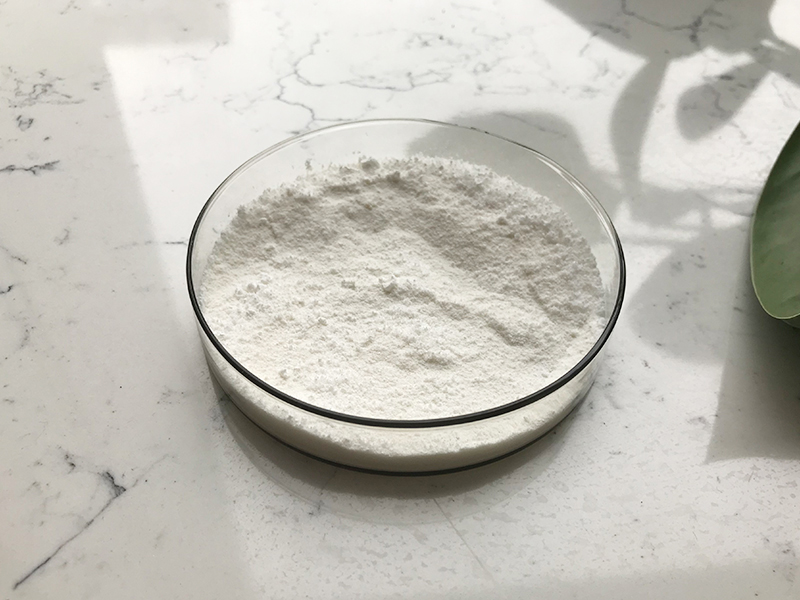As the beauty industry evolves, new ingredients constantly surface on the market. One such revolutionary ingredient that is making waves is Polyglutamic Acid (PGA). With a unique ability to retain moisture, it’s being hailed as a potential game-changer in the skincare realm.

PGA versus HA: A Tale of Two Hydrators
Polyglutamic Acid, a component produced by a group of amino acids and beneficial bacteria, is not naturally produced by the human body. It has a larger molecular size, allowing it to absorb and seal in more moisture than Hyaluronic Acid (HA), a compound naturally produced by the human body. The production of HA decreases with age and is broken down by hyaluronidase, an enzyme also found in the body. Interestingly, PGA is known to inhibit this enzyme, offering the potential for the two to be used in unison for a synergistic effect.
Why PGA Is Gaining Popularity
Although Polyglutamic Acid is more expensive and relatively new to the skincare market, it has started making its mark. Notably, cosmetic experts point out that PGA can hydrate more effectively than HA, despite it being less well-known. As the beauty industry continues to innovate, we can expect to see an increase in the number of products utilizing the hydration power of PGA.
Risks and Side Effects of PGA
Most people can tolerate Polyglutamic Acid well, and it is generally considered safe if used correctly as per product recommendations. However, some individuals might have an allergic reaction or sensitivity to PGA, resulting in symptoms such as itching, swelling, redness, burning sensation, or blisters. If you encounter any of these adverse reactions or any other side effects of PGA, discontinue its use immediately.
As we continue to explore the potential of Polyglutamic Acid, it’s exciting to envision the possibilities it offers to the skincare industry. Not only does it promise to deliver superior hydration, but its ability to work synergistically with HA also opens up new opportunities for product formulation.
